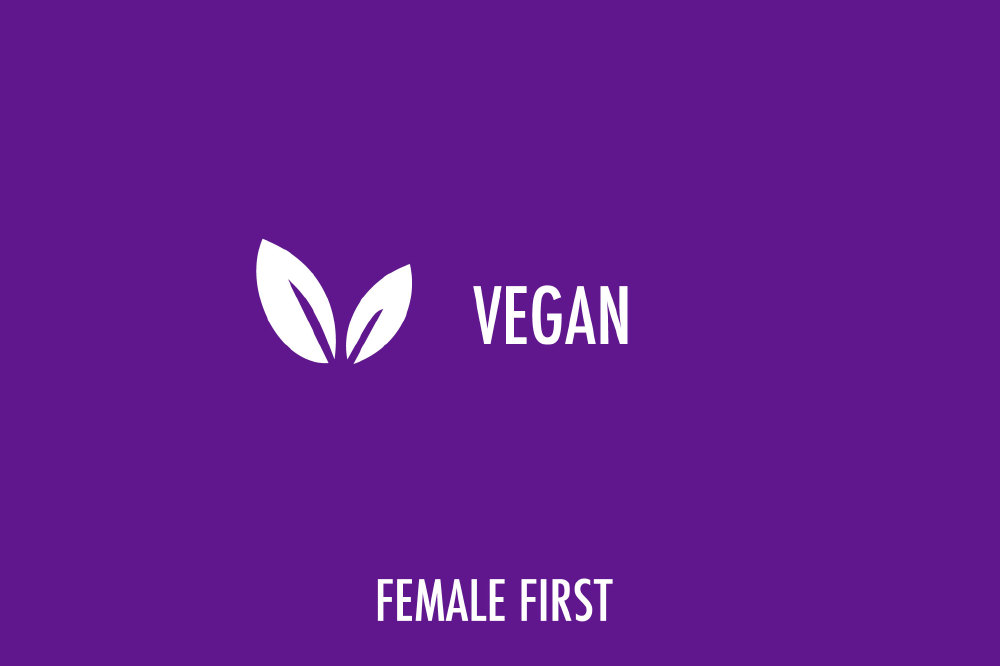A selfie with the local wildlife might seem like a harmless way to enjoy your holiday. At least that’s what a quick scroll through Instagram might suggest – in fact, since 2014, the number of selfies with wild animals being posted on the social network has almost tripled. But our research found that over 40 per cent of these selfies suggest that some sort of cruelty might have taken place, with people hugging, holding, or inappropriately interacting with a wild animal. Here are the facts you need to keep cruelty out of the frame in your next holiday album.

Vegan on Female First
It’s not just the big tourist venues you need to avoid

Local animals, like this infant caiman crocodile (foreground) and sloth, are taken from the wild and used for harmful selfies with tourists, in Manaus, Brazil. Credit World Animal Protection, Nando Machado
World Animal Protection has campaigned extensively on the cruelty that takes place in venues where animals are forced to perform tricks or give rides. Tourists are becoming more aware of the cruelty behind these activities, however, smaller operations that offer selfies and direct contact with wild animals are also an issue. World Animal Protection’s latest campaign focuses on the wildlife selfie trade in the Amazon, where a growing tourism industry has led to a worrying rise in animal exploitation.
Animals are being stolen from the wild

Local animals, like this monkey, are taken from the wild and used for harmful selfies with tourists, in Puerto Alegria, Peru. Credit World Animal Protection, Nando Machado
Tourists visiting the Amazonian may be lucky enough to glimpse one of its iconic animals such as sloths, monkeys, anteaters or snakes. Seeing animals in the wild is never guaranteed and that is why it’s so special when you do spot one in its natural habitat. But to cut corners, some tour operators are stealing animals from the wild and holding them captive, to ensure that their customers will get to see the wildlife that they came for – and snap that cruel selfie.
The cruelty isn’t always apparent

Local sloths are taken from the wild and used for harmful selfies with tourists, in Puerto Alegria, Peru. Credit World Animal Protection, Nando Machado
Often this abuse isn’t immediately obvious. Tour operators have been known to lie to tourists and tell them that the animals will be released after a few hours or at the end of the day. But our undercover investigations team saw that to save time and efforts animals were held captive for months at a time. Many of these animals die soon afterwards as a result of the poor living conditions. Our teams saw sloths and monkeys tied down with little room to move and climb. They even saw a twelve-foot anaconda being kept in a tiny ice box, and a caiman crocodile in a broken fridge, to restrain them when they weren’t being used as selfie props.
These animals suffer in multiple ways

Local sloths are taken from the wild and used for harmful selfies with tourists, in Manaus, Brazil. Credit World Animal Protection, Nando Machado
Being denied the freedom to demonstrate their natural behaviour is bad enough. Add to that the poor diet, unfamiliar territory and risk of injury from constant handling, and you can begin to understand the misery these animals suffer every day. Our investigators observed multiple injuries and skin problems on animals being passed around, stroked and prodded all day long. Some animals are baited by tour operators or rewarded by tourists with junk food, which plays havoc with their digestion and feeding routine. Wild sloths for example, spend their time high in the trees, and can sleep for up to 18 hours a day. The stress of a crowded and noisy environment alone is enough to cause them immense suffering.
Don’t mistake their behaviour for enjoyment

Local sloths are taken from the wild and used for harmful selfies with tourists, in Manaus, Brazil. Credit World Animal Protection, Nando Machado
We have focused on sloths in this campaign because their gentle nature and facial markings make lots of people think that they enjoy being handled by humans. Snatched from the trees where they spent their lives, their natural instinct is to reach out and cling on, which people often misinterpret as the sloth giving them an affectionate hug. Just because an animal isn’t struggling or lashing out, it doesn’t mean that it isn’t secretly terrified.
Remember: wild animals aren’t photo props. That doesn’t mean that you can’t ever photograph the local wildlife when you go on holiday. But just remember some simple rules of thumb to make sure that you’re doing this in a safe and respectful way:
DON'T take a wildlife selfie if:
- The animal is being held, hugged, or restrained
- The animal is being baited with food
- The animal could harm you
DO take a wildlife selfie if:
- You keep a safe distance from the animal
- The animal is in its natural home
- The animal is free to move, and not captive
For more tips and to sign up to the Wildlife Selfie Code, visit www.worldanimalprotection.org.uk/wildlife-selfie-code
Tagged in Animals

